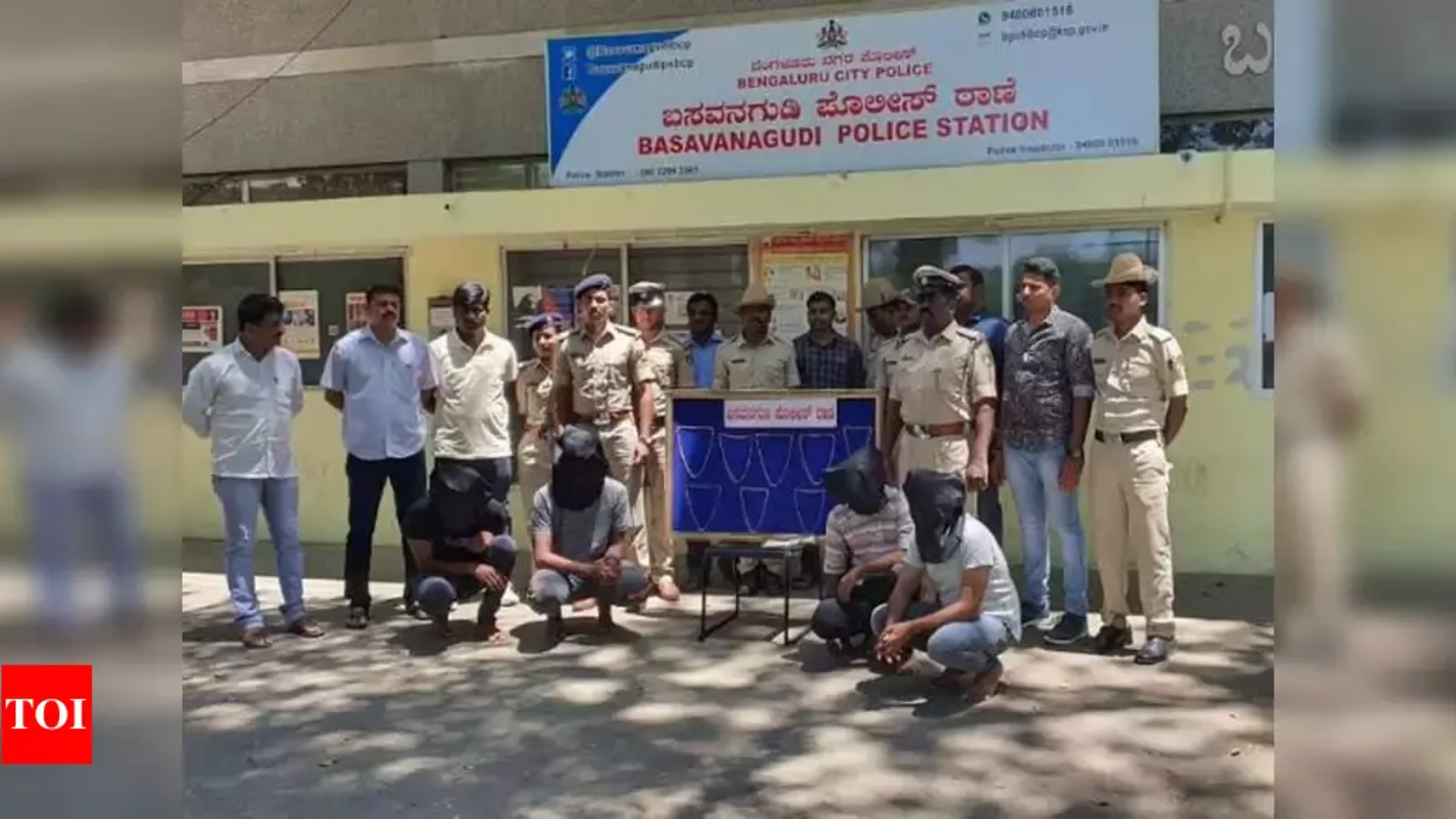Chain snatching, a term now ingrained in Bengaluru’s lexicon, traces its origins back four decades when the city’s police were confronted with a perplexing challenge. With the advent of chain-snatching cases in the early 1980s, law enforcement found itself grappling with a novel crime phenomenon, marked by a lack of clarity in classification and an absence of effective countermeasures.
At the onset of these incidents, Bengaluru, fondly dubbed the ‘pensioners paradise’ and ‘garden city,’ exuded an aura of tranquility, with its population of approximately 30 lakh enjoying a serene existence devoid of the traffic woes synonymous with the present-day. However, the emergence of chain-snatching cases shattered this tranquility, plunging the city into a state of alarm and prompting swift action from the authorities.
Retired Assistant Commissioner of Police, B B Ashok Kumar, fondly known as Tiger Ashok Kumar, reminisced about the tumultuous period when chain snatchings first surfaced. “Several incidents were reported between 1983 and 1984, marking a new phenomenon for law enforcement. Even the police initially categorized these crimes as thefts until the directive from then city police commissioner Padmakar Ganapat Halarnkar mandated them to be treated as cases of robbery,” recounted Kumar.
Under the leadership of Halarnkar, a concerted effort was launched to combat the scourge of chain snatchings. Operation Tiger was devised, aiming to dismantle the criminal syndicates orchestrating these crimes. Armed with strategic directives and bolstered vigilance, law enforcement endeavored to stem the tide of criminal activity plaguing the city.
The implementation of Operation Tiger witnessed the deployment of specialized squads tasked with swift response to reported incidents. Kumar, assigned to Trinity Junction, vividly recalled the rigorous protocols enforced to combat the menace. “The moment a chain-snatching incident was reported, all squad members had to be at their designated location, irrespective of their ongoing duties,” shared Kumar, illustrating the meticulous approach adopted by law enforcement.
Despite concerted efforts, the challenges persisted, with chain-snatching incidents continuing to occur sporadically. However, a breakthrough moment unfolded on Naraka Chaturdashi in 1984, when Kumar and his colleague, Allah Baksh, intercepted two chain snatchers near St. John’s Hospital. In a dramatic showdown, Kumar’s swift actions resulted in the apprehension of the culprits, marking a significant victory in the battle against chain snatching.
The duo’s heroic intervention earned accolades from Halarnkar and the public alike, catapulting Kumar into the limelight as a symbol of valor and resilience. The subsequent conviction of the perpetrators, Narendra and Narayana, underscored the triumph of justice and the unwavering commitment of law enforcement to safeguard the city’s residents.
As Bengaluru reflects on its journey combating chain snatching over the past four decades, the narrative is one of evolution and resilience. From the initial confusion and perplexity to strategic interventions and decisive actions, the city’s policing landscape has undergone a remarkable transformation, symbolizing the relentless pursuit of safety and security for its inhabitants.





